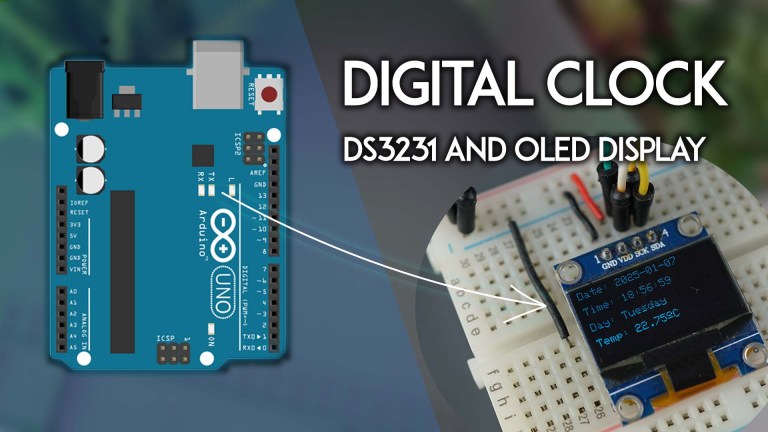
Learn how to build a home automation system and we’ll cover the following main subjects: Node-RED, Node-RED Dashboard, Raspberry Pi, ESP32, ESP8266, MQTT, and InfluxDB database.
Learn ESP32 with Arduino IDE Course » Complete guide to program the ESP32 with Arduino IDE!
Build Web Servers with ESP32 and ESP8266 » boards to control outputs and monitor sensors remotely.
Home Automation using ESP8266 eBook and video course » Build IoT and home automation projects.
Arduino Step-by-Step Projects » Build 25 Arduino projects with our course, even with no prior experience!

Download our Free eBooks and Resources
As seen on...



































